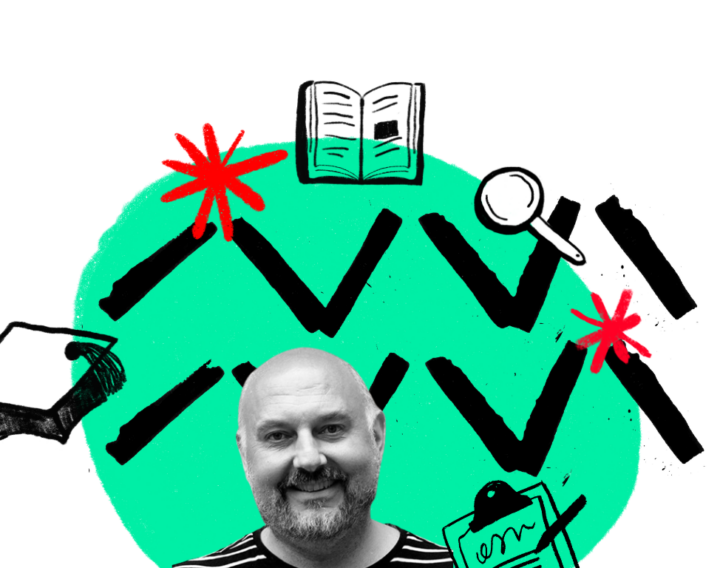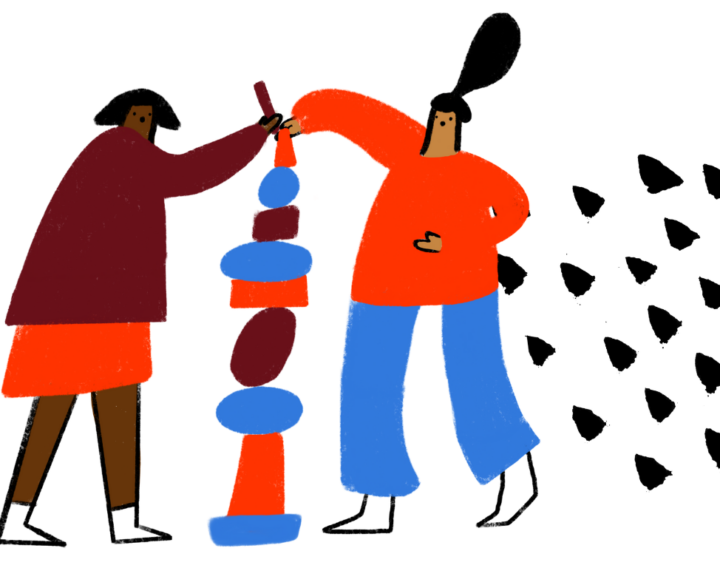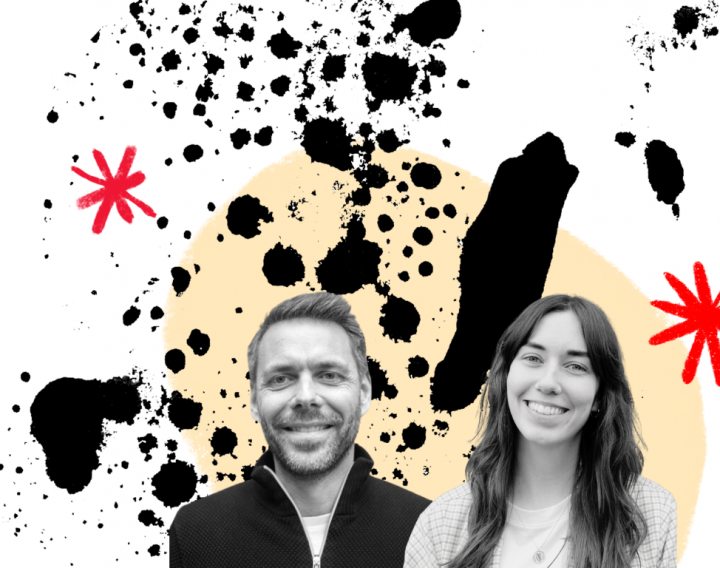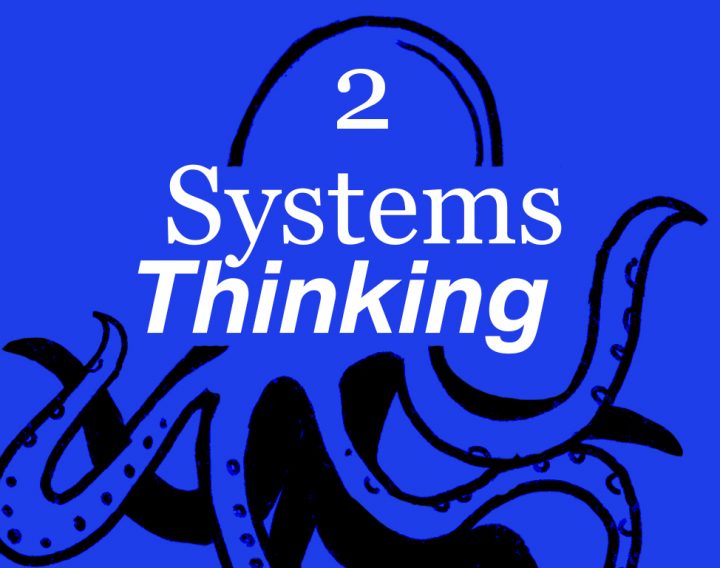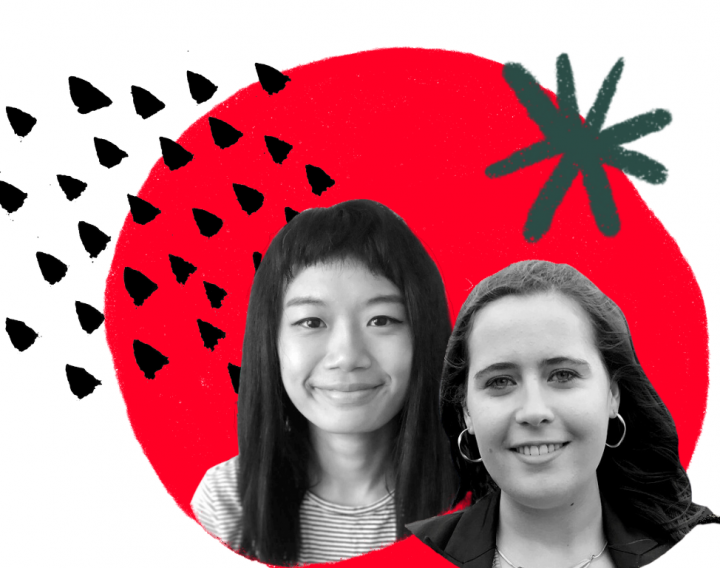Service Design Day 2020: The Many Routes to Service Design
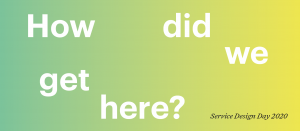
On this Service Design Day 2020 we wanted to reflect on the many routes our team had taken into service design. At Snook we currently have 32 service designers and we asked them to tell us about their education and what led them to service design. Unsurprisingly 27 of our team had completed undergraduate degrees in design and you can see the different courses they took outlined below. Seventeen of our Service Design staff also have Masters degrees and 12 of these are specifically in design-related subjects. We have always been fortunate in our ability to recruit staff from across the world, giving us a strong international perspective, and we currently have staff from Australia and New Zealand, Taiwan, all across Europe (from Sweden to Portugal), and also Central America.
On this Service Design Day 2020 we wanted to reflect on the many routes our team had taken into service design. At Snook we currently have 32 service designers and we asked them to tell us about their education and what led them to service design. Unsurprisingly 27 of our team had completed undergraduate degrees in design and you can see the different courses they took outlined below. Seventeen of our Service Design staff also have Masters degrees and 12 of these are specifically in design-related subjects. We have always been fortunate in our ability to recruit staff from across the world, giving us a strong international perspective, and we currently have staff from Australia and New Zealand, Taiwan, all across Europe (from Sweden to Portugal), and also Central America.

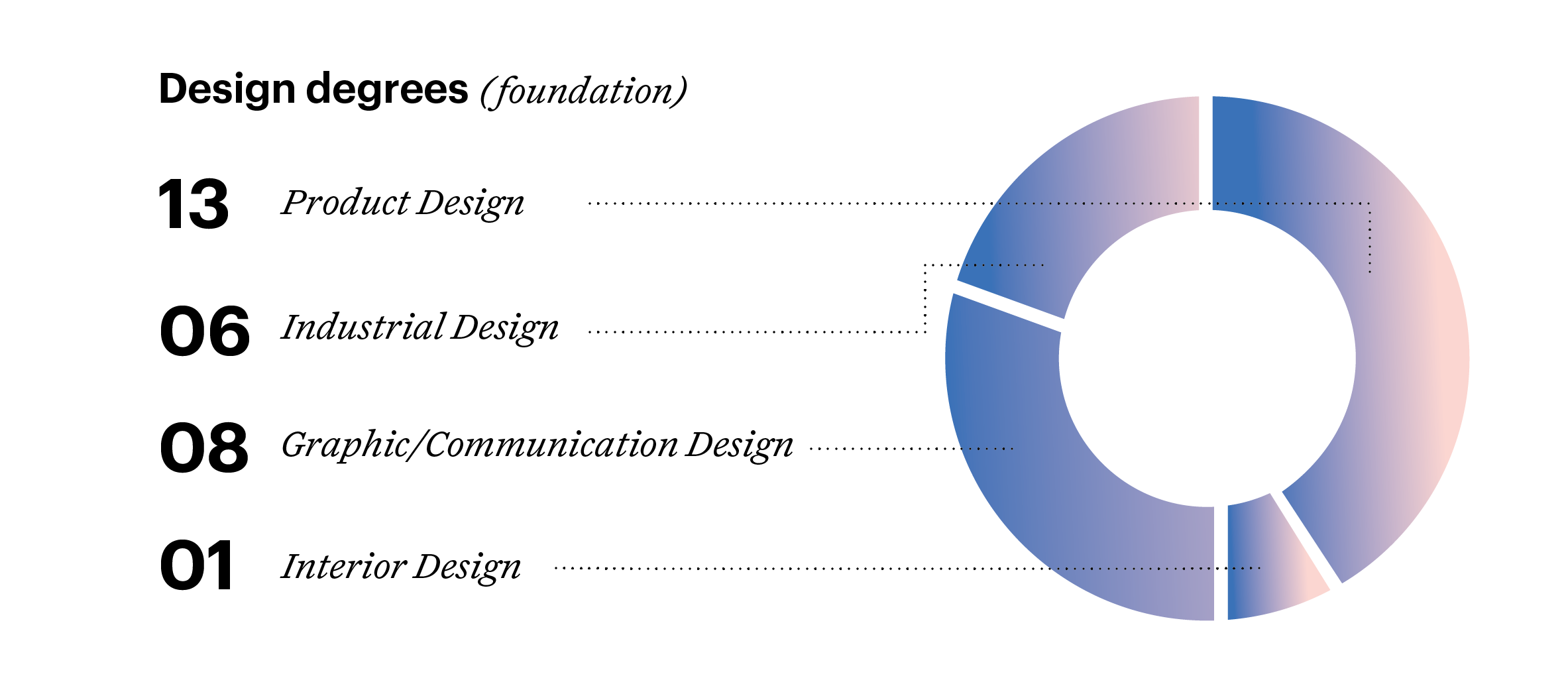
Valerie Carr, our Director of Strategy shares her personal story of her introduction to service design by reflecting on who she learned from and what she learned.
I’m the single Interior Design Graduate in the chart above and, after graduation, worked in Interior Design until I had my first son in 1989. I then completed a Masters in Computer Aided Design and worked for a while doing computer generated graphics for architects before moving into lecturing part-time. I continued lecturing right through the birth of three more sons, then decided to embark upon a PhD when the youngest was four. We obtained funding from NHS Estates to conduct a joint Project involving the School of Design and School of Nursing and Midwifery at the University of Dundee. The project aimed to evaluate the impact of the built environment on birth mothers, their partners and staff in maternity units. I had the great privilege of being supervised by Tom Inns, a pioneer in Design for Innovation, and learning research methods from the team at the Social Dimensions of Health Institute. I also learned a lot about evidence-based design and the importance of rigour in user research from the team at Center for Healthcare Design. Anyone interested in the outputs from the project can find my thesis here – but I warn you, it’s very long! It was while evaluating the impact of the built environment that I became interested in how we might design organisations and services to better meet the needs of those who access them. It became clear that some elements of the interior environment which have been designed for specific benefit did not achieve the desired impact because of organisational constraints related to how services were delivered.
After taking a midlife gap year in Burundi, Central East Africa, in 2009 we relocated to Lancaster where I worked as Research Associate on an 18 month research project “Design in Practice”. This project built on the foundations of the Design Council Red Programme, the NHS Institute for Innovation and Improvement experience-based design approach, and the work of Ezio Manzini and team at Politecnico di Milano. It also gave me the opportunity to work with and learn from an amazing team at Imagination Lancaster. Prof Rachel Cooper has been instrumental in defining the role of designers in the 20th/21st century (check the link to see another familiar name in Scottish Service Design circles). Daniela Sangiorgi was one of the first academics really exploring Service Design as a discipline in its own right, tracing the origins from other disciplines. The other members of our project team, Sabine Junginger and Monika Buscher brought valuable insights from Design Management and Sociology. Our reflections on the development of Service Design can be found in the papers we wrote.
In 2012, I joined Snook, who were the first (and only at that time) Service Design company in Scotland. Over the past 8 years I’ve had the privilege of working on a wide variety of projects across the UK and beyond. We’ve seen our team grow from 5 to over 50, and the breadth, depth and impact of our projects increase. We’ve seen User-Centred Design and Service Design become mainstream with the establishment of Government Digital Services and the Scottish approach to service design. Meeting user-centred design criteria has become mandatory for government services in both Scotland and the wider UK. I think back to the absolute bewilderment and frustration expressed by one of the GPs involved in our Design in Practice project in 2009, “I just don’t understand what design has to do with clinical practice!’ and hope more people across the public, third and private sector value the contribution design can bring to making services work better for everyone.
